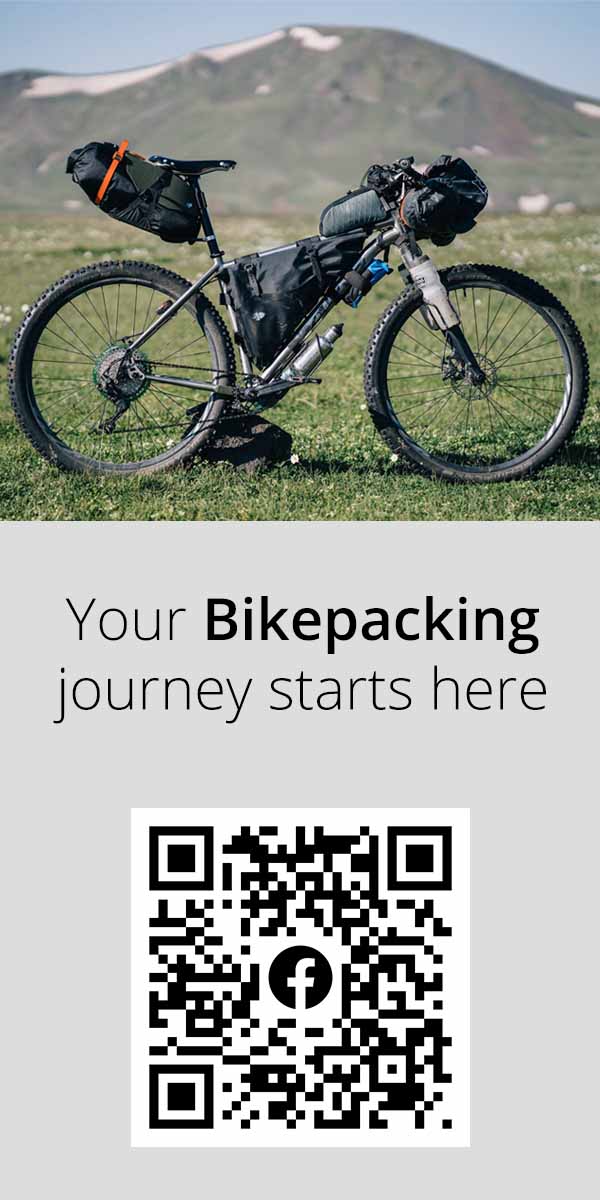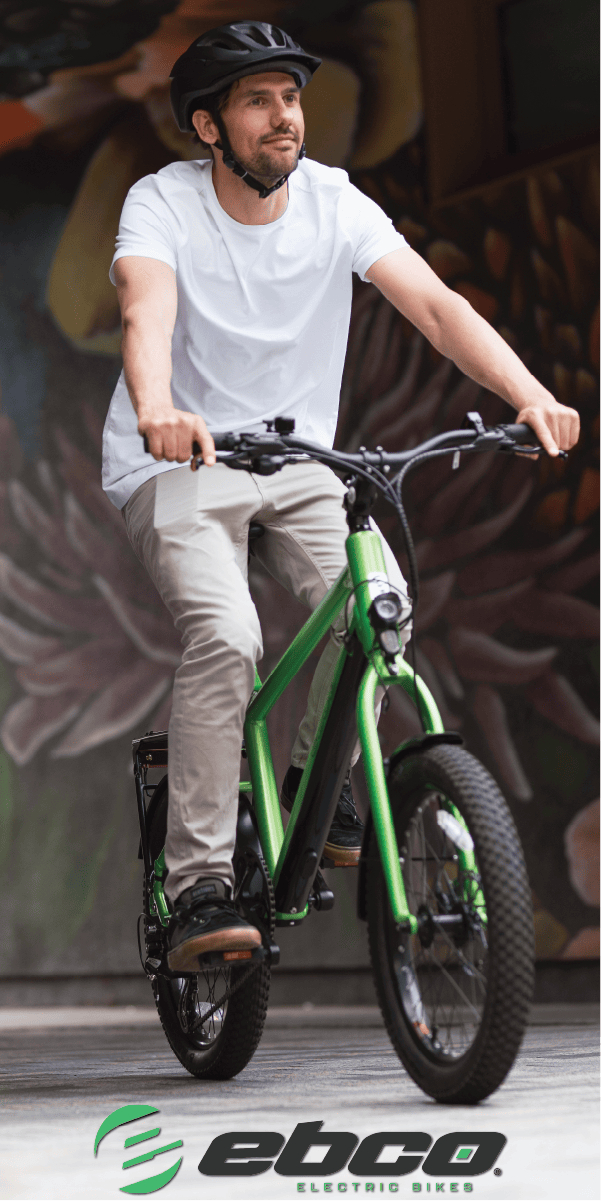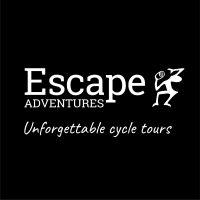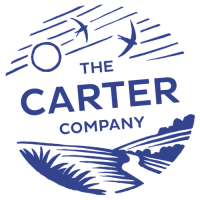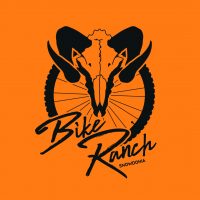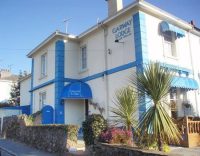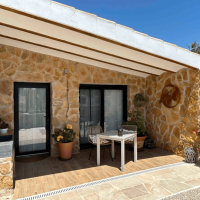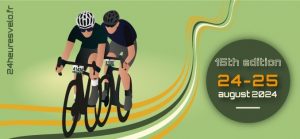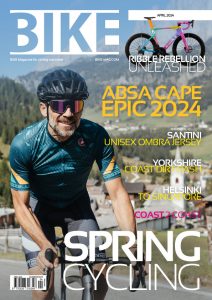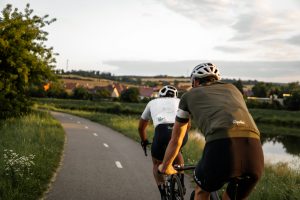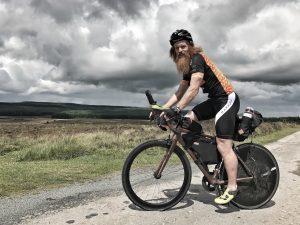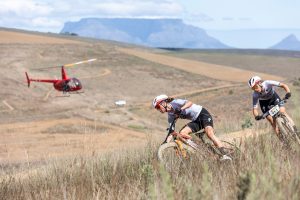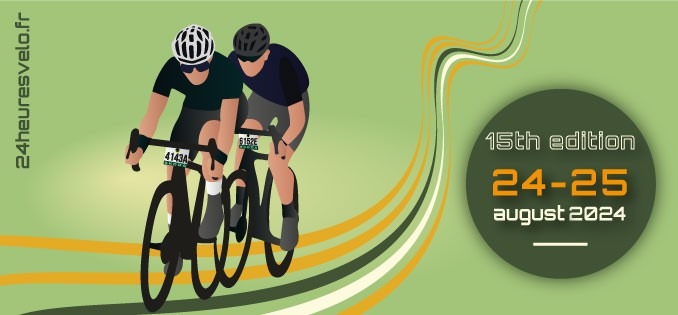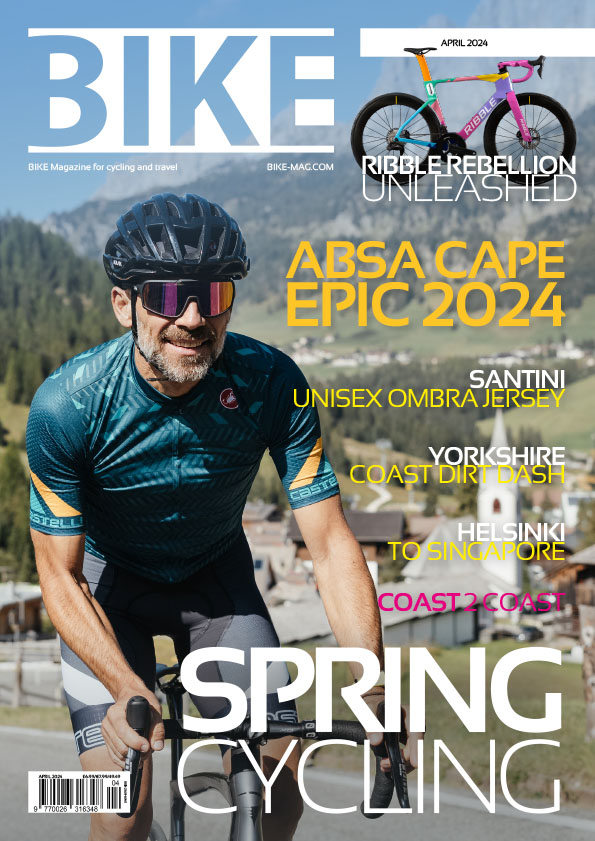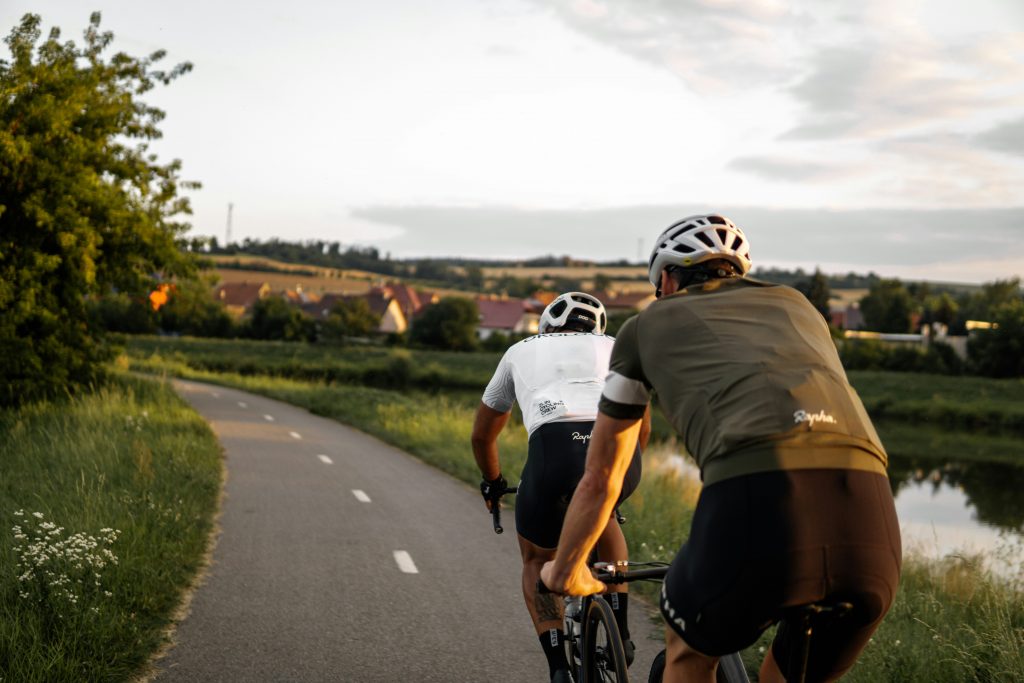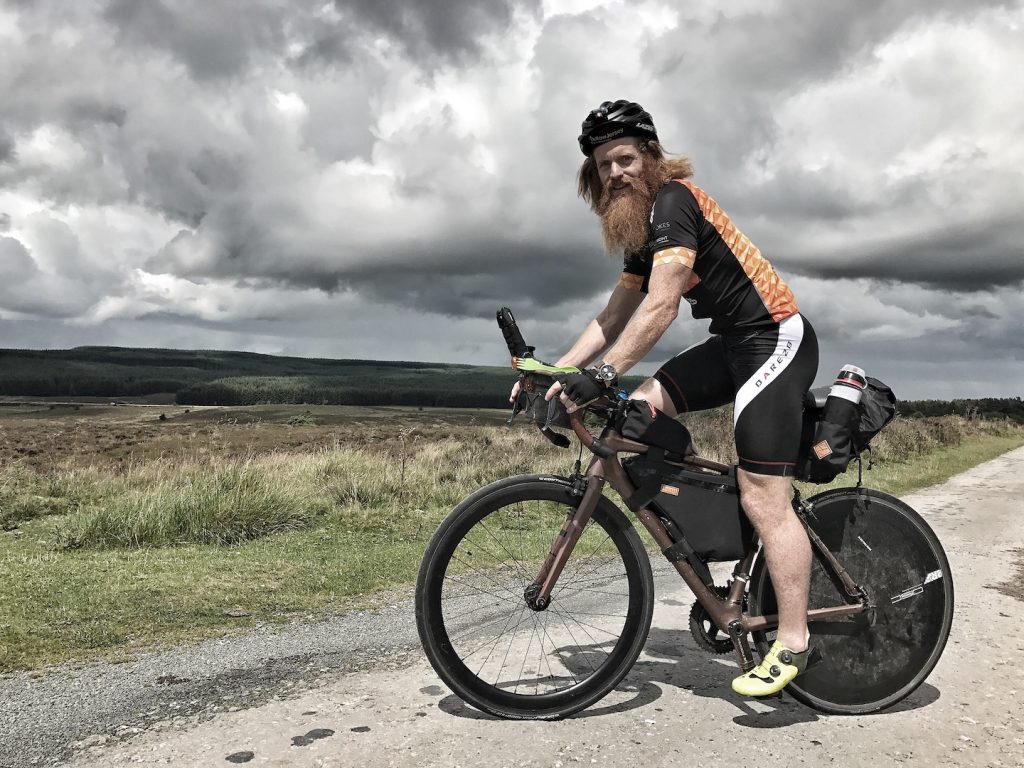Cuba is Best Explored on Two Wheels
Visiting Cuba is like stepping back into a particular moment in time. There is still an air of revolution sitting atop of the island like a hanging cloud.
The occasional rumble of an old American car shuddering down cobbled roads, lined with palm trees dancing in the Caribbean breeze. Or the earthy smells of tobacco leaf and coffee from street-side vendors; there is something nostalgic about Cuba, a feeling of a time-gone-by, even from a tourist’s point of view.
After a long period of uncertainty and doubt about where and when one may be able to travel, Cuba may be the off-grid adventure you are after.
Begin Your Trip in Havana
The perfect starting point to introduce you to the country, Havana is Cuba’s capital and embodies the charm of island.
Spanish colonial architecture dating back to the 16th century, rubbing shoulders with bright vibrant buildings painted in pastels of blue, pink and yellow make for an eye-pleasing excursion.
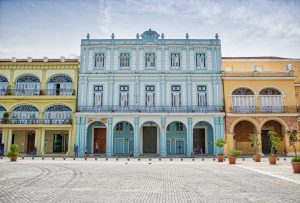
There is a delicate blend of revolution style marble grandeur and signs of an impoverished underclass with crumbling buildings, but there is a rich, deep cultural history that many cities simply don’t hold. The local people are proud, set in their ways and go about their colloquial customs, helping the capital to maintain its authenticity.
Bay of Pigs, Yaguanabo and Cienfuegos
It is worth driving the first leg as you venture out of Havana, and head straight for arguably Cuba’s most famous tourist location; The Bay of Pigs, the infamous site of a failed US-backed invasion by Cuban exiles in 1961. A great expanse of shimmering cerulean and great swathes of white sand should lay before you. This is the perfect place to begin your cycling journey, an easy warm-up ride along the flat, following the Caribbean coast from Boca de Guama ending at the Cueva de los Peces – a flooded tectonic fault.
Finishing the day’s riding in Cienfuegos, this is another opportunity to soak up the colonial history. The 19th century architecture is among the best examples of early Spanish Enlightenment urban planning, and the city’s history is deeply embedded in its geographical position as a seaport; here, Cuba’s mains exports of tobacco, sugar and coffee all contributed to making it Cuba’s industrial hub.
https://www.youtube.com/watch?v=rE64LjhyqOo
Follow the Coast Down to Trinidad
Venturing south east, cycling along the Caribbean coast and through a potential stop-off point in the Gran Parque Natural Topes de Collantes, the eventual destination is UNESCO World Heritage Site of Trinidad, one of the best preserved colonial towns in the country.
It boasts a neo-baroque main square, Plaza Mayor, surrounded by grand colonial buildings. Museo Romántico, in the restored Palacio Brunet mansion, and Museo de Arquitectura Colonial display relics from the town’s sugar-producing era. Elsewhere, Iglesia de la Santísima is a 19th-century cathedral with a vaulted ceiling and carved altars.
It is worth spending a night or two here; there is so much to soak up and and certainly doesn’t have that hustle and bustle of a larger city, but it retains that local Cuban feel with fantastic eateries and authentic cocktails.
Sierra Escambray and Santa Clara
Just a few miles from Trinidad lays the final stop on this journey, and we have saved the biggest challenge till last. The Sierra Escambray is a mountainous area of central Cuba; this range is characterised for its exuberant vegetation, intersected by deep valleys, great cave systems, rivers and the crystalline waterfalls.
This is a tough climb, with the road leading out of Trinidad boasting slopes as steep as 20% in some places It is recommended to sort alternative travel if necessary as this is tackled and failed by even some of the most experienced riders.
A notable checkpoint is near the Topes de Collantes, a village and mountain retreat built in the early 1950s. From the village it is one of the most scenic downhills through the jungle to be found anywhere in Cuba. Then heading north, passing through the village of Jibacoa you will finally reach the provincial town Manicaragua where we finish our final ride.
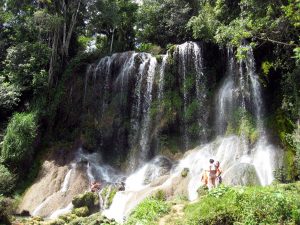
A short bus transfer to Santa Clara can be taken to finish the tour; the town of Santa Clara is less visited by tourists and is a perfect place to wind down after a tough day’s climbing.
The town played an important role in the Cuban revolution, as it was here that Ernesto ‘Che’ Guevara won a decisive battle in December 1958 which led to the fall of Havana a few days later.











